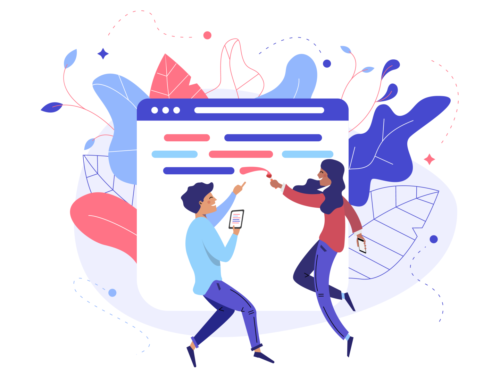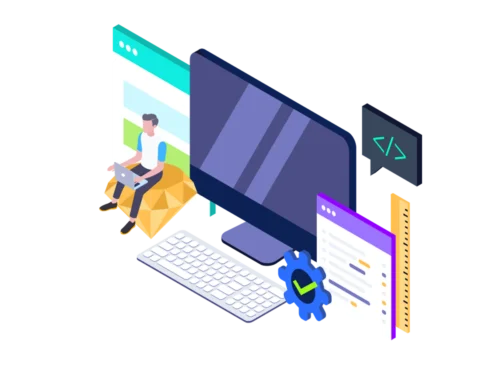Einführung
In today’s interconnected world, the internet serves as a gateway to information, resources, and opportunities. Jedoch, not everyone can experience the full potential of the web due to accessibility barriers. Website accessibility entails designing and developing websites that are inclusive and usable for all individuals, regardless of their physical, sensory, or cognitive abilities.
Embracing Inclusive Web Design Principles
Inclusive web design goes beyond aesthetics; it’s about creating a digital space that is welcoming and empowering for everyone. By incorporating accessibility principles into your website development process, you can ensure that your site is accessible to a wider audience, including individuals with disabilities, such as visual impairments, hearing impairments, and motor impairments.
Key Elements of Accessible Websites
Perceivable: Ensure that all content is perceivable through multiple senses, including sight, hearing, and touch. Provide alternative text for images, transcripts for videos, and captions for audio content.
Operable: Make all interactive elements operable and controllable using various input methods, such as keyboards, screen readers, and assistive technologies. Ensure that navigation is clear and consistent, and provide sufficient time for users to interact with elements.
Understandable: Ensure that the content and user interface are understandable and easy to navigate. Use clear and concise language, avoid jargon, and provide contextual information for non-obvious elements.
Robust: Ensure that the website is robust and compatible with a wide range of assistive technologies and user agents. Follow web standards and guidelines, and thoroughly test the website’s accessibility across different devices and browsers.
Benefits of an Accessible Website
Enhanced User Experience: An accessible website provides a positive and inclusive experience for all users, regardless of their abilities.
Improved Search Engine Optimization (SEO): Search engines consider accessibility a ranking factor, and accessible websites tend to perform better in search results.
Legal Compliance: Many countries and regions have laws and regulations mandating website accessibility, such as the Americans with Disabilities Act (ADA) in the United States.
Wider Audience Reach: An accessible website caters to a broader and more diverse audience, expanding your potential reach and user base.
Brand Reputation Enhancement: Demonstrating a commitment to accessibility enhances your brand’s reputation and conveys a message of inclusivity and social responsibility.
Abschluss
Website accessibility is not just an afterthought; it’s a fundamental aspect of responsible web development. By embracing inclusive design principles and adhering to accessibility guidelines, you can create a website that is not only functional and visually appealing but also welcoming and usable for all individuals. Remember, an accessible website is not just a legal requirement; it’s a moral imperative that ensures that everyone can participate fully in the digital world.
Call to Action:
Ready to make your website truly accessible?
Our team of experienced accessibility experts can help you assess your website’s current accessibility level, Bereiche mit Verbesserungspotenzial identifizieren, and implement strategies to ensure compliance with WCAG guidelines and relevant accessibility standards. We’ll work with you to create a website that is inclusive, benutzerfreundlich, and legally compliant. Contact us today to get started on making your website a place where everyone feels welcome and empowered.







